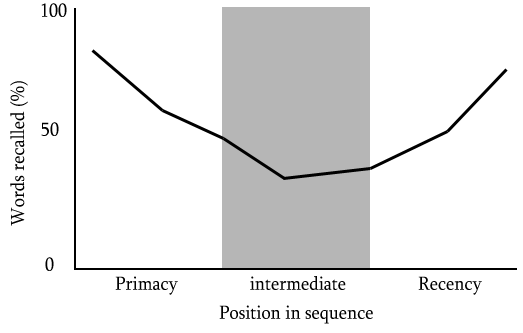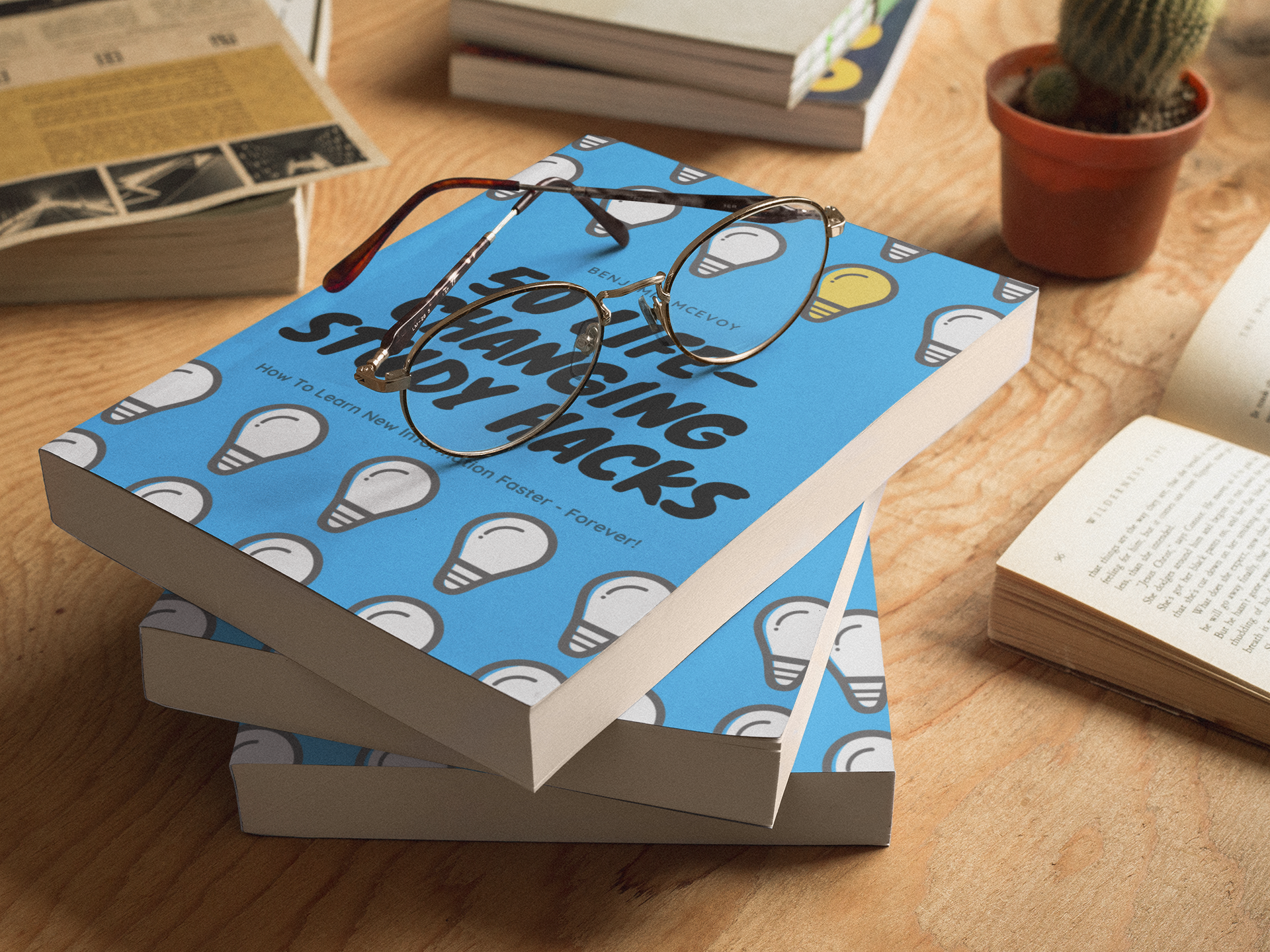All those students studying and cramming for hours on end have got it wrong.
And most don’t even know how wrong they’ve got it.
I know tons of students – good students, teacher’s pets who went on to get okay (but still disappointing) grades – who would study for hours and even deny themselves toilet breaks.
These are the students you find crying outside the library at midnight because they simply cannot get all that new information into their head.
Remember this one adage because it will inform the rest of the book and be a HUGE help to your learning career and your life in general:
Input is crap. Retention is king.
It doesn’t matter how much new information you stuff into your head – even if you comprehend it – if you forget it the next day or cannot apply it.
When you structure your studying, the most important task is always to ensure you are remembering the information you have already learned.
That comes first. That always comes first.
New information can wait until you’ve given due attention and care to the recently learned information.
Put it this way, we’ll take an example from language learning.
Let’s say you study the core 1,000 most commonly used words in Japanese.
You study damn hard, stuffing those words into your head over hours and hours with few if any breaks.
Then you go to Tokyo and you can only barely remember ‘konnichiwa’.
Was that time well spent? Was that effective studying?
On the other hand, what if you study the 250 most commonly used words in Japanese?
You don’t study for hours in a row. You break up your studying into bite-sized chunks. You study for maybe 20 minutes, then you take a 5 minute break.
Then you do another round of 20 minutes, take another 5 minute break, and then do another 20 minutes. Then you go do other stuff for the rest of the day. Before bed, you spend 5 minutes going over what you learned.
You have a nice sleep and when you wake up, you spend another 5 minutes first thing in the morning revising what you looked at the night before.
During the day, you do those 20 minute on/5 minute off blocks again. You do this over the course of a week.
Then you go to Tokyo and you can introduce yourself, ask directions, order coffee, order food, and even make a few friends because you can remember and use 150 of the 250 words you used.
Which scenario is better?
The second one is better.
We intuitively know that retention is the most important thing.
But because the first scenario looks more like hard work (think sweating and furrowing your brow), most people gravitate to that type of study and shy away from the second because it looks “lazy”.
The good news here is that the lazy, easier looking way of studying is WAY more effective because it ensures you actually retain what you learn.
It does this by taking advantage of a principle known as the primacy and regency effect.
The Primacy and Recency Effect
The primacy and recency effect basically says that the information you remember most is the information you saw first (primacy) and the information you saw most recently (regency).
We always forget the stuff in the middle.

This concept holds true in all walks of life.
In the movies, the beginning and the ending typically have the biggest impact (or, at least, filmmakers should make sure that this is the case if they want to affect the audience).
In job interviews or university interviews, the first candidate and the last candidate are the most memorable (ask recruiters or interviewing tutors).
In order to improve your retention and absorb more information, you need to set up your studying so that primacy and recency are emphasised.
That means breaking your studying up into manageable blocks (not studying new information for hours on end) and reviewing what you’ve previously learned in each new block.
If you thought studying meant cramming your head with new information until you burst, you are about to embark on a very different approach to studying – one that emphasises revising the same information.
Let’s see what this looks like in a study schedule.
We’ll take a day when you’re studying one subject for 6 hours and we’ll break that down into chunks of studying time optimised for primacy and regency.
Sample Study Schedule
Study Chunk 1
• 5 minutes = reviewing material learned on previous day/study session
• 45 minutes = learning new material
• 5 minutes = reviewing new material
• 5 minutes = break time! Go for a little walk, get a snack/drink, stretch.
Study Chunk 2
• 5 = reviewing material from first study chunk
• 45 minutes = learning new material
• 5 minutes – reviewing new material
• 5 minutes = break time! Go for a little walk, get a snack/drink, stretch.
Study Chunk 3
• 5 = reviewing material from second study chunk
• 45 minutes = learning new material
• 5 minutes – reviewing new material
• 5 minutes = break time! Go for a little walk, get a snack/drink, stretch.
BIG BREAK – 30-60 minutes to eat lunch, hit the gym/exercise, chat to a friend, read a book/watch a video
Study Chunk 4
• 5 = reviewing material from third study chunk
• 45 minutes = learning new material
• 5 minutes – reviewing new material
• 5 minutes = break time! Go for a little walk, get a snack/drink, stretch.
Study Chunk 5
• 5 = reviewing material from fourth study chunk
• 45 minutes = learning new material
• 5 minutes – reviewing new material
• 5 minutes = break time! Go for a little walk, get a snack/drink, stretch.
Study Chunk 6
• 40 minutes = review everything from all the study chunks you did today
You can optimise your studying based on your own life.
You might need fewer chunks or more chunks.
You might have to make the chunks smaller.
But keep the principle the same.
You want to maximise reviewing.
You want lots of opportunities for primacy (remembering the first thing you learned) and recency (remembering the latest thing you learned).
This study hack might be one of the most powerful because it contains a mindset shift.
You are using your brain in the way it was designed to remember information (rather than just inputing with brute force, expecting the brain to be like a supercomputer).
If you found this interesting, check out my free book 50 Life-Changing Study Hacks. This article was the first chapter of that book!
Tell me where’s good to send it and I’ll email it to you for free.
